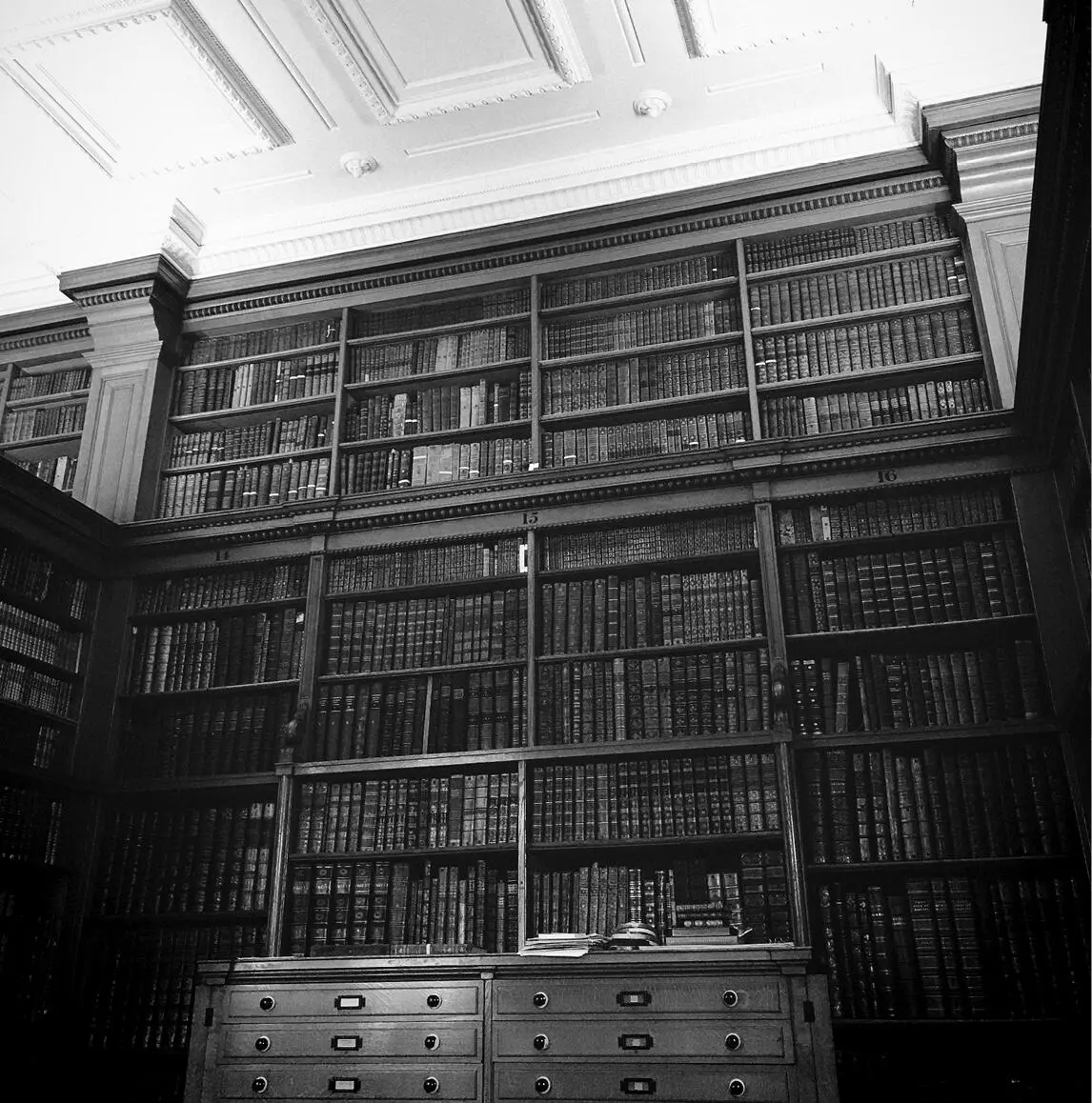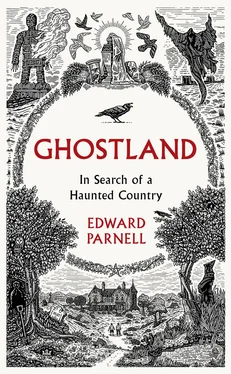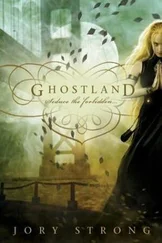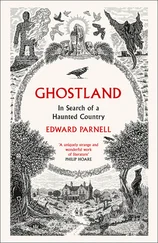I contemplate the chances of being allowed to take a closer look at the rectory, restyled as the new Livermere Hall and used as accommodation for expensive game-shooting trips, but decide that rocking up unannounced is unlikely to gain me a warm welcome and an offer of the full guided tour (I tried the same earlier, without success, at the farm neighbouring the derelict church of Little Livermere). Besides, the daylight is waning and the rain now falling more keenly. As I drive from the village, past the dark earth of countless ploughed-open fields, the final words of James’s last published story, ‘A Vignette’, resonate:
Are there here and there sequestered places which some curious creatures still frequent, whom once on a time anybody could see and speak to as they went about on their daily occasions, whereas now only at rare intervals in a series of years does one cross their paths and become aware of them?†
‘Lost Hearts’ was probably the second of James’s published ghost stories to be written (after ‘Canon Alberic’s Scrap-book’), finished at some time between summer 1892 and autumn of the following year. It appeared in print in the Pall Mall Magazine in December 1895, then in Ghost Stories of an Antiquary , his first collection of supernatural tales, in 1904.
By this point, James had been made a dean (of King’s) and, from 1893, the director of Cambridge’s Fitzwilliam Museum. In addition to an expert command of Latin, Greek and French, he also had a familiarity with German and Italian – and even a modicum of Hebrew and Danish. These formidable linguistic skills served him admirably: he was a noted scholar of the medieval, and of esoteric branches of study such as biblical apocrypha – the sorts of subjects the lone middle-aged protagonists of his stories specialise in. Now in his early forties – though always, perhaps, appearing a little older than his years – James was a tall, well-built man with dark hair (parted to the right) and rounded spectacles. His features were soft, apart from a strong, square jaw. He spoke quietly, often chuckling, often drawing on his curved tobacco pipe.
Photo (M. R. James) Hulton Archive/Stringer via Getty Images
I knock and enter the opaque-paned door to the Founder’s Library of the Fitzwilliam. Inside the architecture appears largely unchanged since James’s time, when the room acted as his office. Built in 1848, it houses ten thousand fine volumes in carved oak bookcases that stretch more than twenty feet up to the white, geometrically patterned ceiling. An imposing marble-surrounded fireplace dominates the room. It’s a place of work and study where today the museum’s manuscript department is based – something James would approve of, I’m sure. A young woman at a table is leafing through an oversized illuminated book of musical scores, the only sound apart from the occasional swish of turning pages being the background hum of a dehumidifier. It is a soporific, comforting space that sends me back to another time, another world – and it’s easy on this darkening winter’s afternoon to imagine the director at his desk, squinting through his glasses in the pooled light at one of the antiquated tomes that line the vast shelves.‡
James himself appeared rather indifferent to ‘Lost Hearts’, writing to his friend James McBryde in March 1904 that ‘I don’t much care about it.’ The same was not true of Monty’s feelings for the man who was to become the illustrator of his first collection of ghost stories, his affection rising from the page as he later described McBryde in glowing terms: ‘no one who, even when he supposed himself out of spirits, brought so much enjoyment into an expedition. A smile will never be far off when his friends speak of him …’

Photo by the author, reproduction by permission of the Syndics of The Fitzwilliam Museum, Cambridge
James McBryde was a decade younger than MRJ – the three initials were how James usually signed his own name, and how he was referred to by many acquaintances – arriving at King’s College, Cambridge from Shrewsbury in 1893 to study medicine (‘Natural Sciences’ as it was then known). The dashing McBryde came to be a close companion to James, joining him on summer cycling trips, including those to Denmark and Sweden that provided the setting for the stories ‘Number 13’ and ‘Count Magnus’. After completing his medical studies in tribute to the wishes of his late father (though caring little for the subject), McBryde took up a place at the Slade School in 1903 to commence his formal artistic training – a calling for which it is clear he had a considerable talent. Early in the following year, however, he became seriously ill with appendicitis, and a second attack followed in March.
During his friend’s recuperation, James welcomed the idea that McBryde should illustrate some of his stories for the book that was to become Ghost Stories of an Antiquary – stories James had previously read out on Christmas Eve, by the light of a single candle, to the assembled King’s choristers and his fellow academics and acquaintances of the Chitchat Society. In carrying on a loose tradition popularised by Charles Dickens, the Cambridge don became the unwitting new keeper of the seasonal, supernatural flame. In folklore, ghosts had long been linked with Christmas Eve – a night, like Halloween, in which the boundary between this world and the Otherworld, the realm of the spirits, is said to be thinned. And though the festive telling of ghostly stories clearly took place before Dickens – dark winter nights lend themselves to it – the Victorian writer had brought the practice into the mainstream through A Christmas Carol and the tales he published in his own weekly magazine, Household Words .
Perhaps the most effective of these is ‘No. 1 Branch Line: The Signalman’. It too was produced specially for Christmas, as was the 1976 BBC version directed by Lawrence Gordon Clark, the first of the ‘Ghost Story for Christmas’ films not to have been adapted from one of James’s stories. The Signalman features a superb performance from Denholm Elliott, whose terrifying vision of his future may well be the most frightening sequence in the entire strand. The story features three supernaturally foretold railway accidents, and it seems no coincidence that it was written the year after Dickens was himself an unwilling participant in such an event.

Illustrated London News , 1865 (Wikimedia Commons)
On 9 June 1865, returning from France through Kent en route to Charing Cross, the train he was travelling in came to a low viaduct at Staplehurst that was in the process of being repaired. Several carriages plunged off the tracks, killing ten people and injuring fifty, although the structure stood only around ten feet above the muddy stream below; at the moment of derailment Dickens was reading through the manuscript of Our Mutual Friend . As the writer and his mistress, the actress Ellen Ternan, were at the front of the vehicle in first class, they got off relatively lightly. However, Ternan suffered physical injuries that incapacitated her for weeks, while Dickens, who helped to comfort other passengers, was traumatised, and nervous of train travel thereafter. And, in an odd twist, his own death (resulting from a stroke) was to coincide with the fifth anniversary of the accident.
James McBryde completed only four drawings for Ghost Stories of an Antiquary . He died in early June 1904, five days after having his appendix operated on. James’s book was published at the end of that year, with his friend’s illustrations embellishing ‘Canon Alberic’s Scrap-book’ and ‘Oh, Whistle, and I’ll Come to You, My Lad’. In his preface James paid tribute to its illustrator: ‘Those who knew the artist will understand how much I wished to give a permanent form even to a fragment of his work.’ Despite his Victorian, repressed reluctance to display his emotions, Monty was devastated by the death of McBryde, picking rose, honeysuckle and lilac blooms from the Fellows’ Garden at King’s, and taking them with him on the train to the funeral in Lancashire.§ He cast them into his friend’s grave after the other mourners had departed.
Читать дальше














